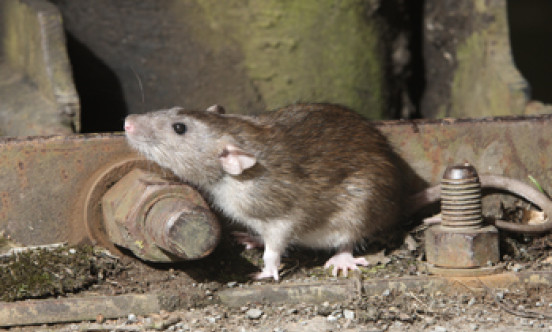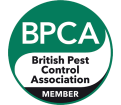
Call 0333 567 2020 for advice and quotes or contact us online
Tackling rodents at a City Council Railway Station
Gallery
Investigating and treating rodents at a City Council railway station
The general public were complaining about rats seen in the public park and at the railway station to local councillors and in the media through the local newspaper and in local social media groups. The council’s EHO contacted NBC to investigate, report and support with advice.
NBC were tasked to understand why there are rats being seen during the day and find the source of the issue and treat effectively but discreetly and safely. NBC were asked to liaise with any other parties on behalf of the council and to eradicate a potential public health risk.
Project overview
NBC completed site surveys to include an environmental risk assessment including day time visits with an ecology dog to identify activity and potential burrow sites and at night-time (OOH) with night vision used at dusk/dawn as the two peak times usually for rodent activity.
NBC could identify high-risk areas where a rodent colony is potentially expanding or moving from using technology and understanding the local area made up of residents and local businesses.
The environmental survey showed a large housing development being excavated within ¼ mile of the new sighting’s and ½ mile away from a waste transfer station adjacent to the excavation. Also in the opposite direction was a large sewage processing plant which was along the same rail track corridor. Investigation around the excavation area showed that this was most likely the previous main rat harbourage area and waste station the food source. Because the excavation had removed the soft topsoil, they had been forced to move away pushing the rats away from the area where there was no previous human presence to notice them before and away from their previous food source.
The railway station and the park were in the middle ground between the waste transfer station/new housing development and ¼ mile further on to the sewage plant. It was obvious then that this was where the stop off point was, as the rats were being forced to move on from their previous homes and needed to find a new food source. The railways station and municipal park provided them both a new home and a new food source, although now greatly reduced. This created the need for the rats to take more risk and feed in the daytime as the competition for food increased. The main food source in the daytime was from the public areas such as train station platform, used by school children and commuters and the station carpark which also had a lot of litter in it and the wider park in general. From the two site surveys rat burrows were traced to within the railway boundaries.
The solution
Speaking with the sites where the rat control issues were a strategy was agreed for vegetation clearance and baiting. The council arranged for litter clearance around the park and more regular bin collections and then after 8 weeks there were no more reports of rats.
The EHO and the council were able to understand the explanation of the increase of activity which because of an extremely large housing development and the ground disturbance and why they were seen during the day. It was emphasised for assurance that it was not because of a massive number of rats but because of a scarcity of food for all. With NBC’s surveys and reporting, Network Rail were then able to complete the work and treatment.























